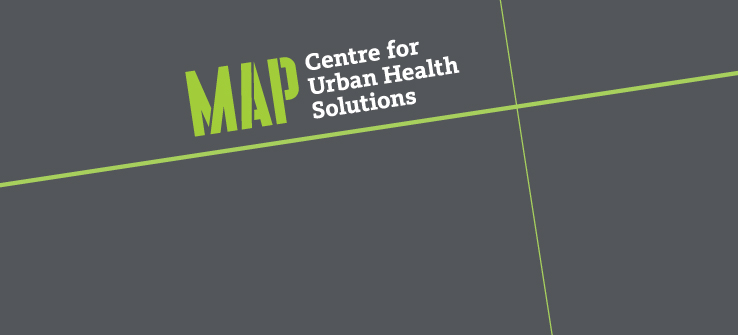Op-ed in the Toronto Star by Daniel Bierstone and Shazeen Suleman
“I eat whatever is leftover, so my children can eat enough.”
“I can’t afford their therapy anymore so we had to stop.”
With nearly one in five children in Canada living in poverty, Canada scores poorly compared to other countries, ranking 24th out of 35 industrialized nations. In Toronto — dubbed the “child poverty capital of Canada” — nearly 25 per cent of children live in poverty. A damning report in 2017 found that racialized children in Toronto were twice as likely to be living in poverty compared to non-racialized children. Many of these children have caregivers earning low-wages or in precarious employment, worsened by the COVID-19 pandemic.
Inadequate income has deep and wide-ranging impacts on a child’s well-being, from their physical health to their educational outcomes. Families in poverty may struggle to afford healthy and nutritious food choices; childhood food insecurity can lead to obesity and malnutrition.
Children and families in poverty face rising rent prices across the province, and may be forced to live in poor housing conditions with limited access to outdoor spaces or opportunity for physical activities, both crucial for physical and mental health. The education gap between low- and high-income students is growing, as low-income students face significant barriers to completing high school and pursuing post-secondary opportunities.

